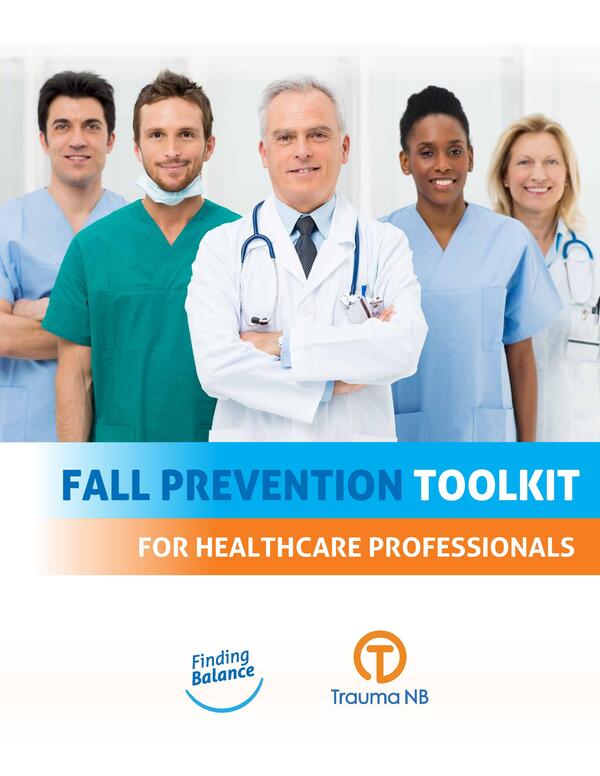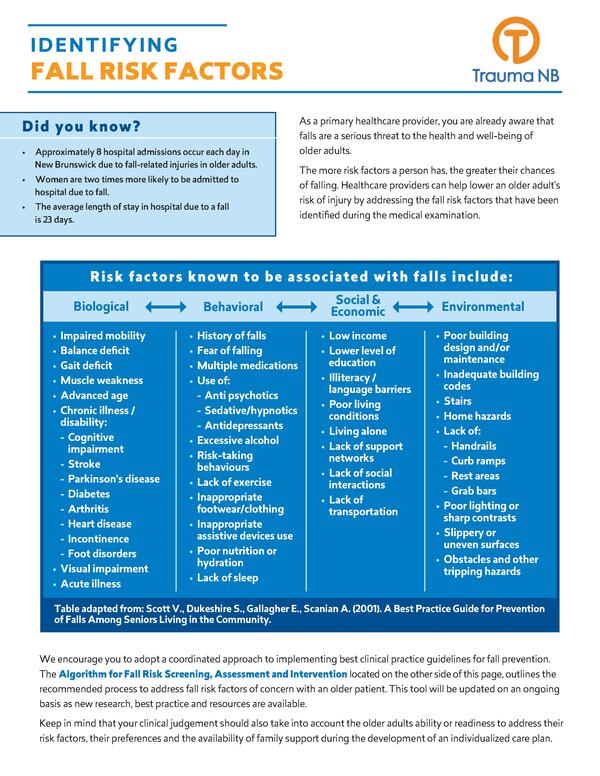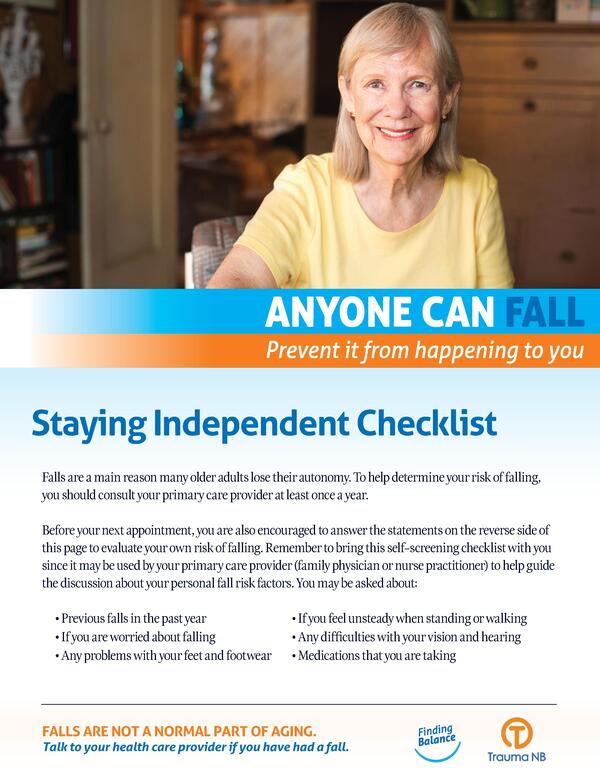Key recommendations
Algorithm for Fall Risk Screening and Intervention
Opportunistic Screening
Ask the patient the following 3 key questions:
1. Have you had any falls in the past year?
2. Do you feel unsteady when standing or walking?
3. Are you worried about falling?
Or:
The patient obtains a score of 4 or more on their Staying Independent Checklist? (optional)




